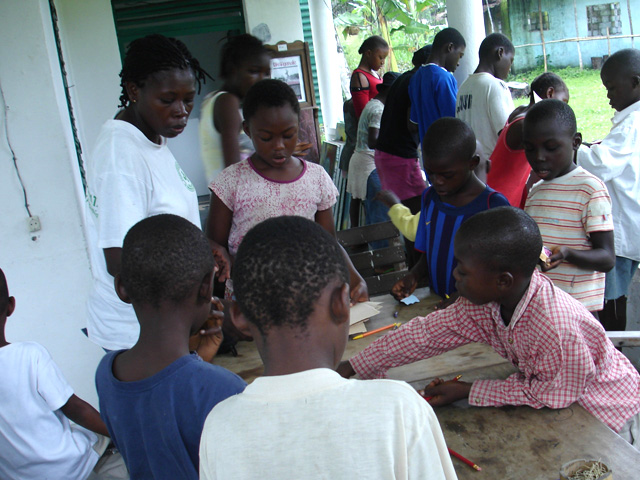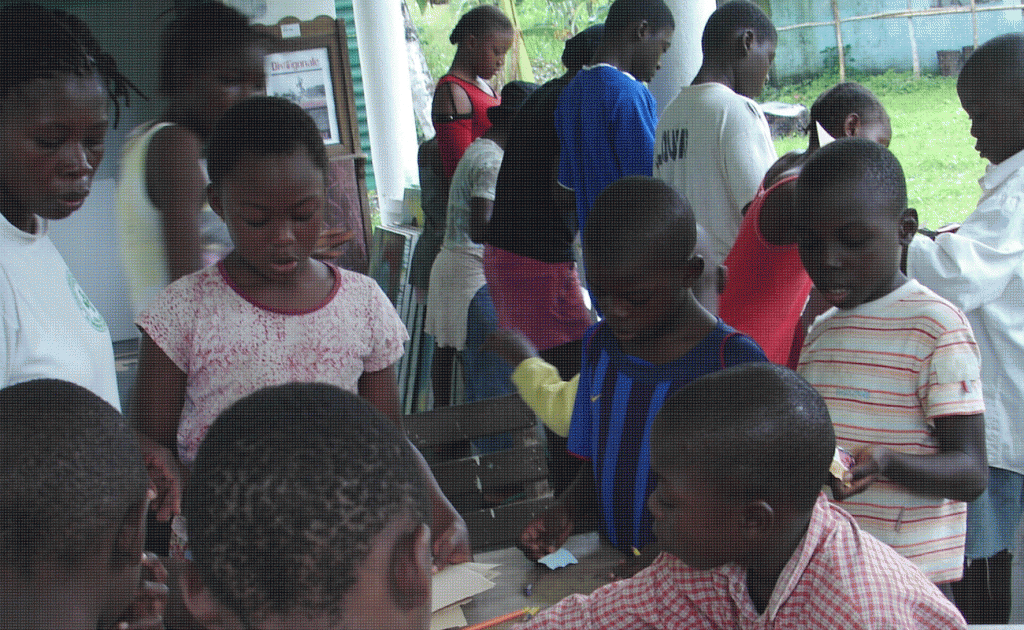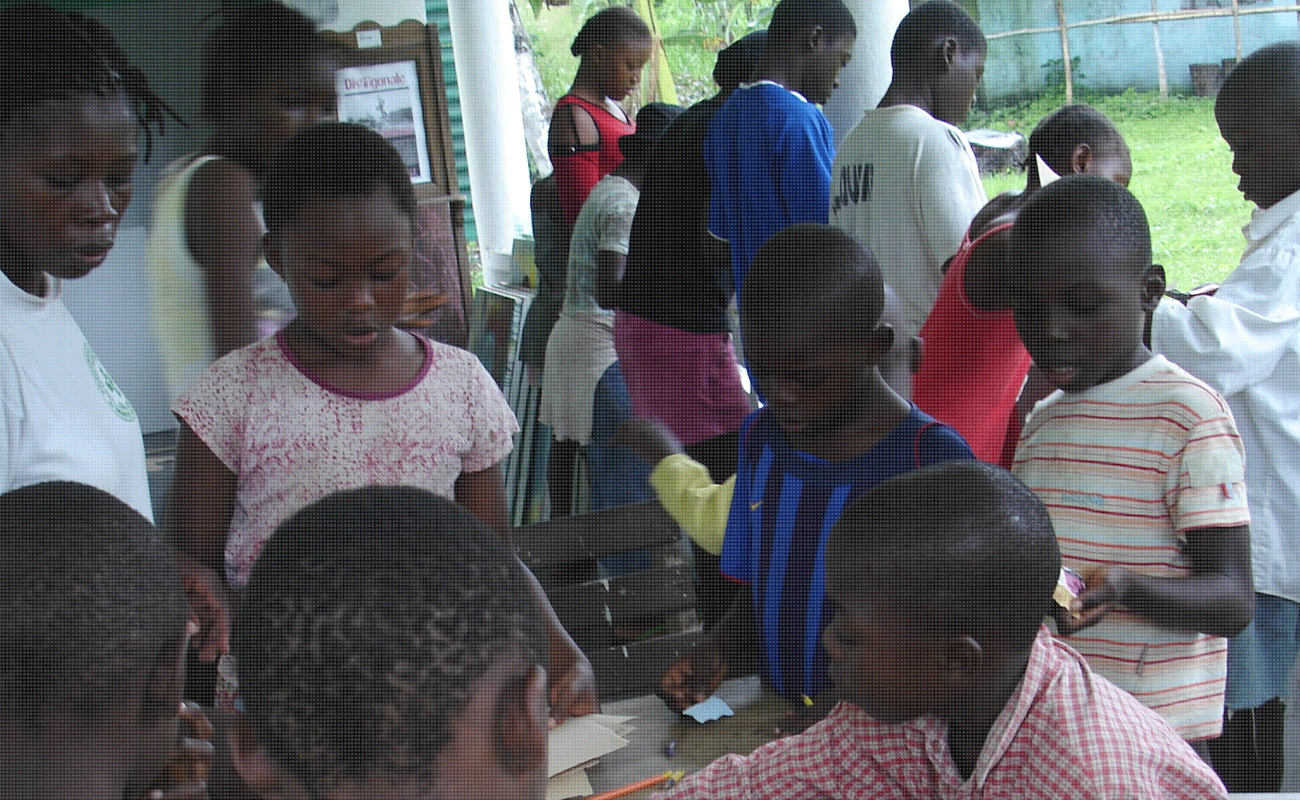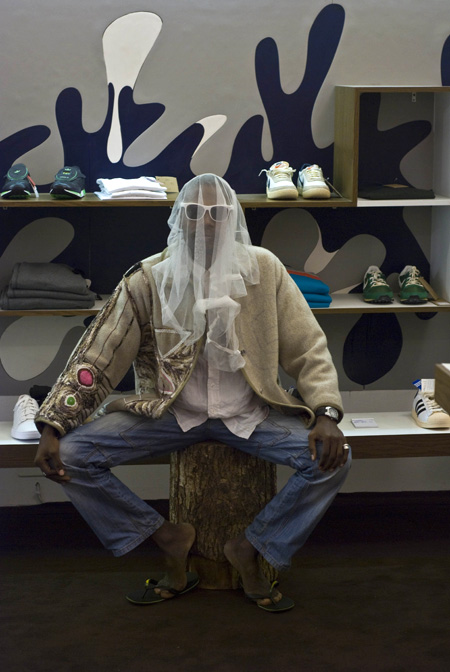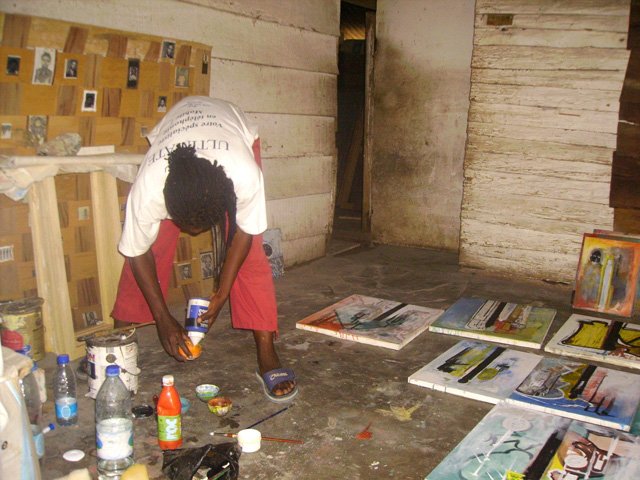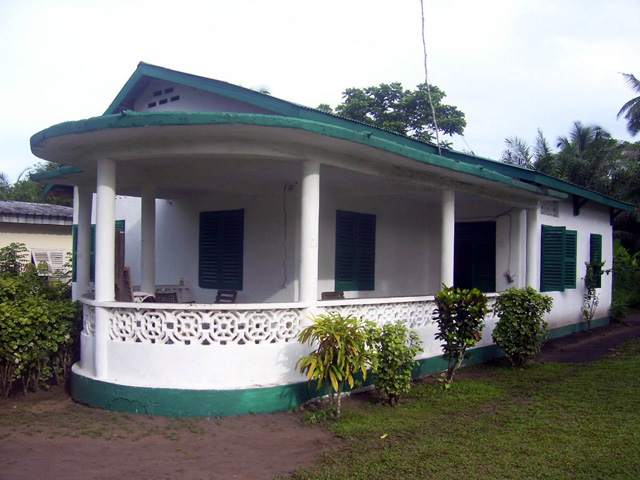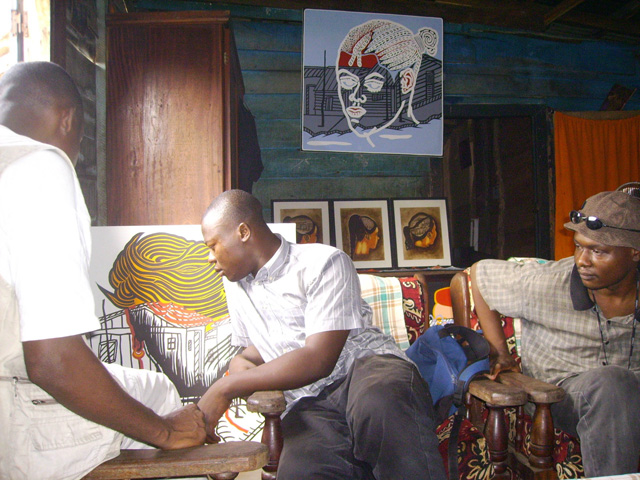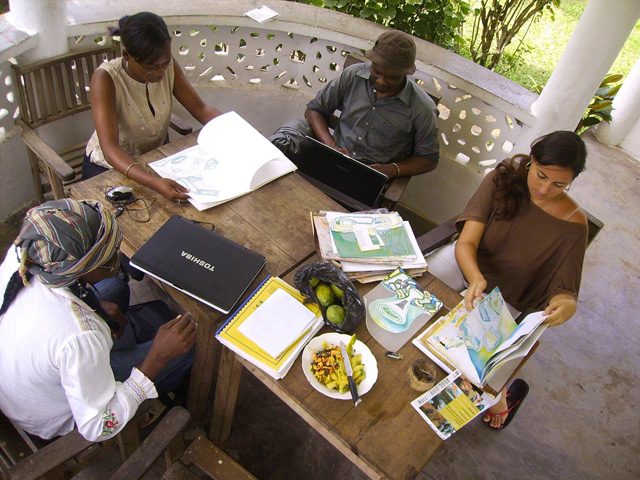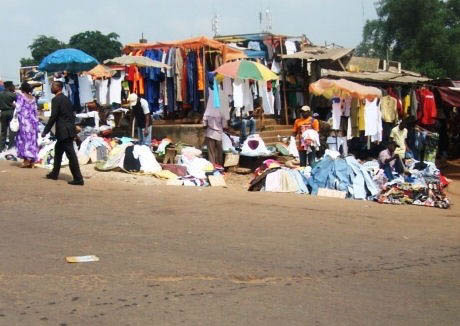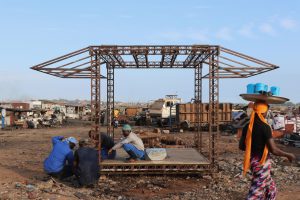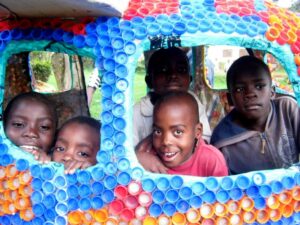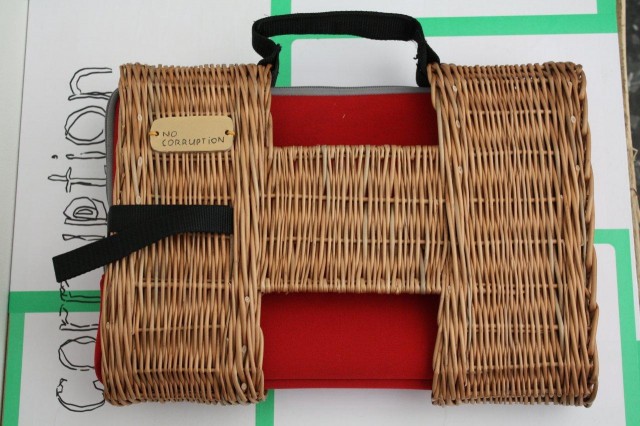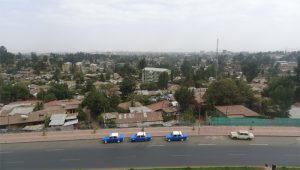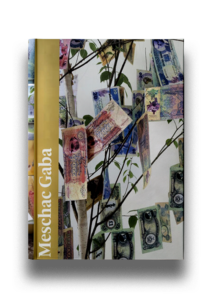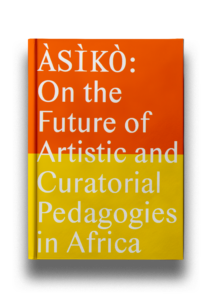Period
2010 - 2011
Proposed by
Emiliano Gandolfi
Location
Duala
About the project
In 2010, during his residency at UNIDEE, Cittadellarte – Fondazione Pistoletto in Biella, Italy, clothing became the central subject of Alioum Moussa’s work. He then created an artistic concept (doGoodGoods) exploring a branch of clothing design by using exclusively second-hand, discarded or abandoned clothes. The second stage of the doGoodGoods project, doGoodGoods – After Now, reverses the North-South trends in the flow of clothing between these two poles and reinscribes the issues related to the “fripe trend” in their environment. Using textile scraps from the North arriving by container in the ports and cities of the South, Alioum Moussa restyles second-hand clothes an artistic while redesigning the social concept beyond established borders.
doGoodGoods – After Now Project is designed to question and open a debate on social transformation. Beyond the quality of the clothes, their origins and the issues (evoked by the thrift store sector in Cameroon), the intention is, most of all, to do good by transforming goods.
doGoodGoods – After Now Project is built on the link between these two words (to do Good and Goods): they evoke an ethical and aesthetic bias in clothing fashion. The notion of well-being through the art of appearance is then confronted with fashion as a good/commodity and alienation.
The project is a reflection open to the debate on the culture of appearances and its economic and social consequences in the national space that is Cameroon. It’s conceived as a laboratory for the exchange of ideas and collaborative practices between fashion designers, artists and other practitioners working on this socio-economic phenomenon.
doGoodGoods – After Now Project intends to put in place a strategy for collecting clothes through various partnerships between different associations and schools of art and design. Through workshops, the collected used clothes are then remodelled from sketches by several voluntary creators and an audience composed of visual artists, stylists, and students.
